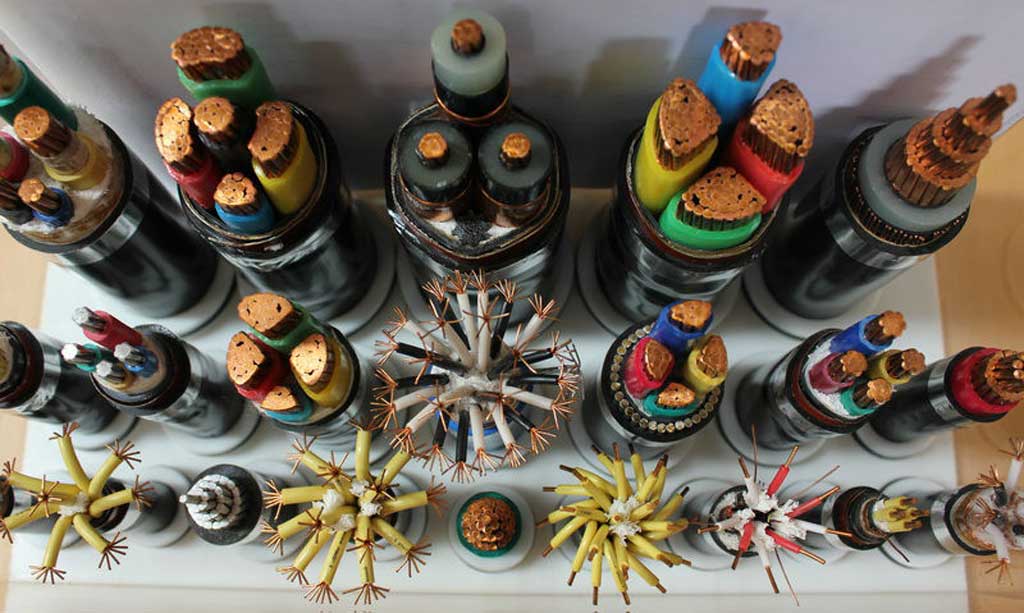Cables play a crucial role in transmitting data and signals across various devices and systems. From the simplest household appliances to complex communication networks, electric power cables are essential for ensuring efficient and reliable transmission of information. In this article, we will delve into the fundamentals of how cables transmit data and signals, exploring the different types of cables, their components, and the underlying principles that enable them to function effectively.

Introduction to Cable Transmission
Cables are physical mediums that transfer electrical signals, which carry data from one point to another. The effectiveness of data transmission through cables is influenced by the type of cable, the quality of its components, and the environment in which it operates. Understanding these factors is essential for optimizing the performance of communication systems and ensuring reliable data transmission.
Types of Electric Power Cables
Different applications require different types of cables. The three primary types of cables used for data and signal transmission are coaxial cables, twisted pair cables, and fiber optic cables.
Coaxial Cables
Coaxial cables consist of a central conductor, an insulating layer, a metallic shield, and an outer insulating layer. The central conductor transmits the electrical signal, while the metallic shield prevents external electromagnetic interference (EMI) from affecting the signal. Coaxial cables are commonly used for cable television, internet connections, and other high-frequency applications.
Twisted Pair Cables
Twisted pair cables are composed of pairs of insulated copper wires twisted together. The twisting helps reduce crosstalk and electromagnetic interference. There are two main types of twisted pair cables: unshielded twisted pair (UTP) and shielded twisted pair (STP). UTP cables are widely used in telephone networks and local area networks (LANs), while STP cables provide additional shielding for environments with higher EMI.

Fiber Optic Cables
Fiber optic cables use light to transmit data instead of electrical signals. They consist of a core made of glass or plastic fibers, surrounded by a cladding layer that reflects light into the core. Fiber optic cables offer high bandwidth and are capable of transmitting data over long distances with minimal signal loss. They are commonly used in telecommunications, internet infrastructure, and medical imaging.
Components of Electric Power Cables
A cable’s performance depends on its components’ quality and design. Key components of cables include:
- Conductor: The material that carries the electrical signal. Copper and aluminum are commonly used conductors due to their excellent conductivity.
- Insulation: The material that surrounds the conductor, preventing electrical contact with other conductors and protecting against external interference.
- Shielding: A layer of conductive material that surrounds the insulation, reducing EMI and crosstalk.
- Jacket: The cable’s outermost layer provides physical protection and environmental resistance.
Principles of Data Transmission
Data transmission through cables relies on the principles of electrical conductivity and electromagnetic fields. When an electrical signal is applied to the conductor, it generates an electromagnetic field that propagates along the cable. The efficiency of this propagation is influenced by the cable’s impedance, capacitance, and inductance.
- Impedance: The resistance to the flow of alternating current (AC) in the cable. Matching the impedance of the cable with connected devices is crucial for minimizing signal reflection and loss.
- Capacitance: The ability of the cable to store electrical energy. High capacitance can lead to signal distortion and attenuation.
- Inductance: The property of the cable that opposes changes in current flow. Inductance can cause signal delay and distortion, especially at high frequencies.
Signal Types and Transmission
Signals transmitted through cables can be analog or digital, each with distinct characteristics and requirements.
Analog Signals
Analog signals are continuous waveforms that vary in amplitude and frequency. They are susceptible to noise and interference, which can degrade the quality of the transmitted signal. Coaxial and twisted pair cables are commonly used for analog signal transmission, with proper shielding to minimize interference.
Digital Signals
Digital signals are discrete waveforms represented by binary values (0s and 1s). They are less prone to noise and interference compared to analog signals, making them ideal for modern communication systems. Fiber optic cables are especially suited for digital signal transmission, offering high data rates and long-distance capabilities.
Factors Affecting Cable Performance
Several factors can influence the performance of cables in transmitting data and signals:
- Cable Length: Longer cables can experience greater signal loss and attenuation. Using amplifiers or repeaters can help extend the transmission distance.
- Environmental Conditions: Extreme temperatures, humidity, and physical stress can degrade the quality of cables and their performance.
- Interference: Electromagnetic interference from other electronic devices and power lines can affect signal quality. Proper shielding and grounding can mitigate this issue.
- Connector Quality: Poor-quality connectors can introduce signal loss and reduce the overall performance of the cable. Using high-quality connectors and ensuring proper installation is essential.

Applications of Different Electric Power Cables
Different types of cables are used in various applications based on their unique characteristics:
- Coaxial Cables: Used in cable television, internet connections, and CCTV systems due to their ability to handle high-frequency signals and resist interference.
- Twisted Pair Cables: Widely used in telecommunication networks, LANs, and data centers for their cost-effectiveness and ease of installation.
- Fiber Optic Cables: Employed in telecommunications, internet infrastructure, medical imaging, and military applications for their high bandwidth, long-distance transmission, and resistance to interference.
Future of Electric Power Cables Technology
The increasing demand for higher data rates, improved reliability, and reduced latency drive the future of cable technology. Innovations in cable materials, design, and manufacturing processes are expected to enhance the performance of cables. Key trends in the future of cable technology include:
- Advanced Fiber Optics: Development of bend-insensitive fibers, multicore fibers, and hollow-core fibers to increase data rates and transmission distances.
- High-Speed Copper Cables: Continued advancements in copper cable technology to support higher data rates and longer transmission distances for applications where fiber optics may not be practical.
- Wireless Integration: Integration of wired and wireless technologies to create hybrid communication systems that offer the benefits of both mediums.
- Sustainable Materials: Use of eco-friendly and recyclable materials in cable manufacturing to reduce environmental impact.
Cables are fundamental components of modern communication systems, enabling the transmission of data and signals across various devices and networks. Understanding the different types of cables, their components, and the principles of data transmission is essential for optimizing the performance of these systems. As technology continues to evolve, advancements in cable technology will play a crucial role in meeting the growing demands for higher data rates, improved reliability, and reduced latency.